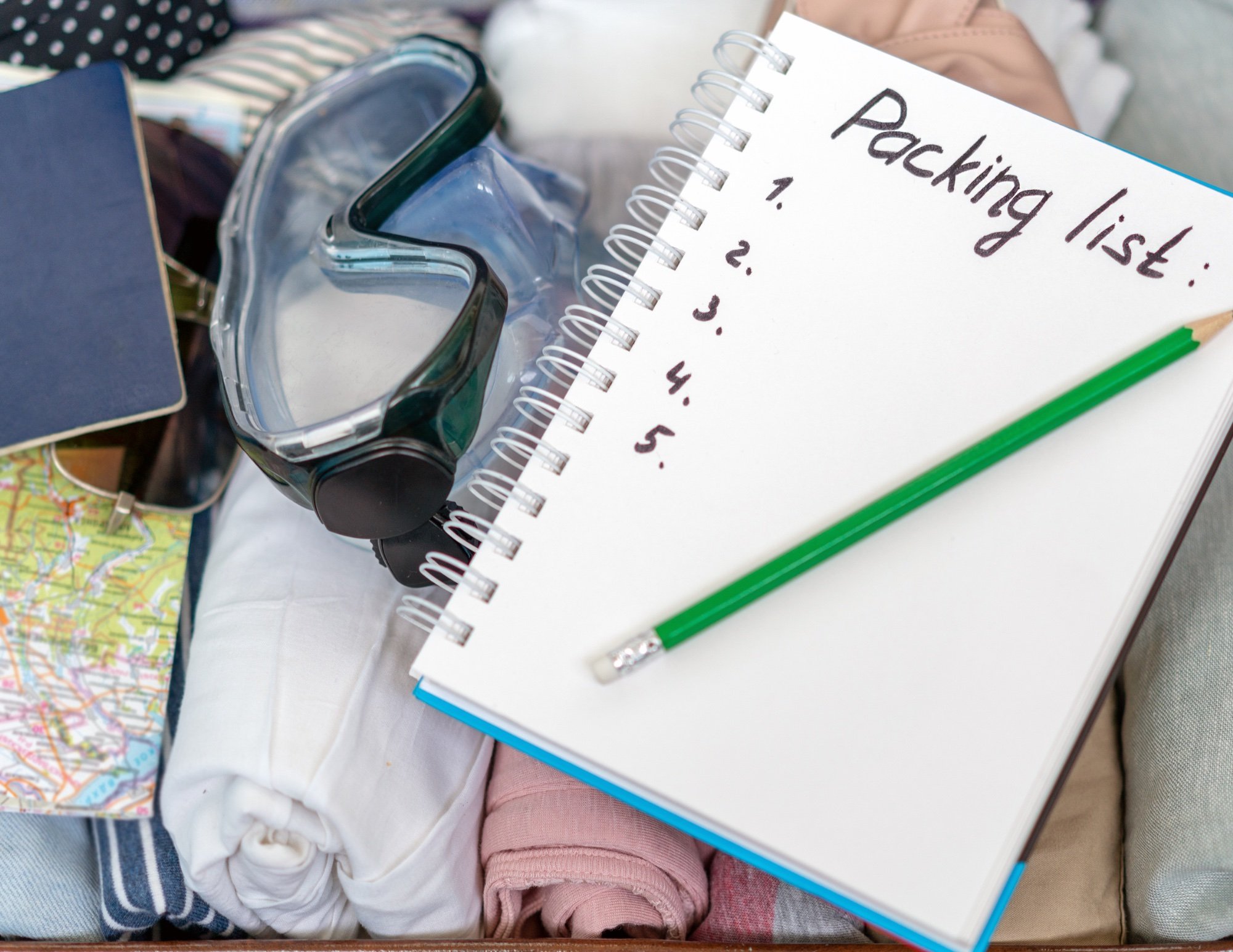During a child’s first five years of life, their interaction with caregivers sets the stage for their emotional development for life. The five stages of emotional development during these years consist of a variety of emotional skills such as: naming, identifying, self-regulating, expressing, and managing emotions. And while you can help your child develop these skills during the early years, how can you support your child with their emotional development when they venture off into full days of school, extracurricular activities, and play-dates? Helping your child discover new independent interests gives them a unique opportunity to engage with emotional outlets.
What Are Outlets?
Outlets are activities and/or interests that children can practice regularly as a way to manage emotions. These outlets can range from a variety of activities and can be practiced independently or in a more directed, group setting. There are different types of outlets children can explore to find their passion and interest. Young children often begin exploring extracurricular activities such as sports, dance, mindfulness activities, band/music, theatre, art, STEM, technology/coding, and many more! Through these various activities, children can explore their interests, improve their skills, and develop a sense of identity.
Benefits of Outlets
There are many benefits to utilizing outlets as an avenue for self-expression and self-regulation strategies. Here are some specific benefits to channeling outlets:
Goal Setting- Outlets provide explicit practice with creating, attaining, and planning goals. For example, a child may want to learn a new soccer trick or art skill or develop fluency in math puzzles. These examples all require specific goals and steps to reach these goals. While younger children may require assistance at first, eventually they will learn to independently set and attain goals. This skill will inevitably transfer into other areas of their lives as well.
Expressing and Managing Emotions- Outlets provide a safe and controlled environment to express emotions and even manage stress. The skills learned in the controlled environment can be used in independent or guided practice to help self-regulate emotions. For example, if your child relies on a structured activity weekly, such as yoga, they can choose to use these skills when they are feeling dysregulated.
Self Discovery- Outlets can provide an opportunity to discover new interests and explore a variety of passions. As children practice specific activities over time, they often learn ways to manage different executive functioning skills such as: planning/time management, flexibility, organization, self control, task initiation, and emotional control. Explicit practice in multiple contexts will help them become proficient in these skills.
Increased Development in Many Areas- Once children begin school, there is a large emphasis on academic achievement and development that continues through adolescence. This can cause limited time to practice other essential areas of development. When children are provided time to participate in outlets, they are practicing non-academic skills that will help them succeed in school. These skills include gross/fine motor skills, emotional development, imagination, critical thinking, creativity, confidence, communication/language skills, empathy, and general life skills.
From exploring new interests to stepping out of your comfort zone to safely regulating your emotions, outlets offer a variety of opportunities to reconnect with yourself. Children, teens, and adults can all benefit from exploring outlets and choosing specific ones that work best for them. In early childhood, children may choose to explore a variety of activities before choosing specific areas of interest. For example, a child may explore dance, ice skating, sports, pottery, and yoga before choosing a specific outlet. Additionally, as children grow into teens and adults, their interests may change. As humans, we are continuously learning and re-discovering ourselves as we enter new stages of life. With that said, outlets may change and new interests may be explored at different stages of life.
If your child is looking to learn more about Yoga & Crafts as an outlet, please check out our group class offerings!
Written by Ami Z.




















